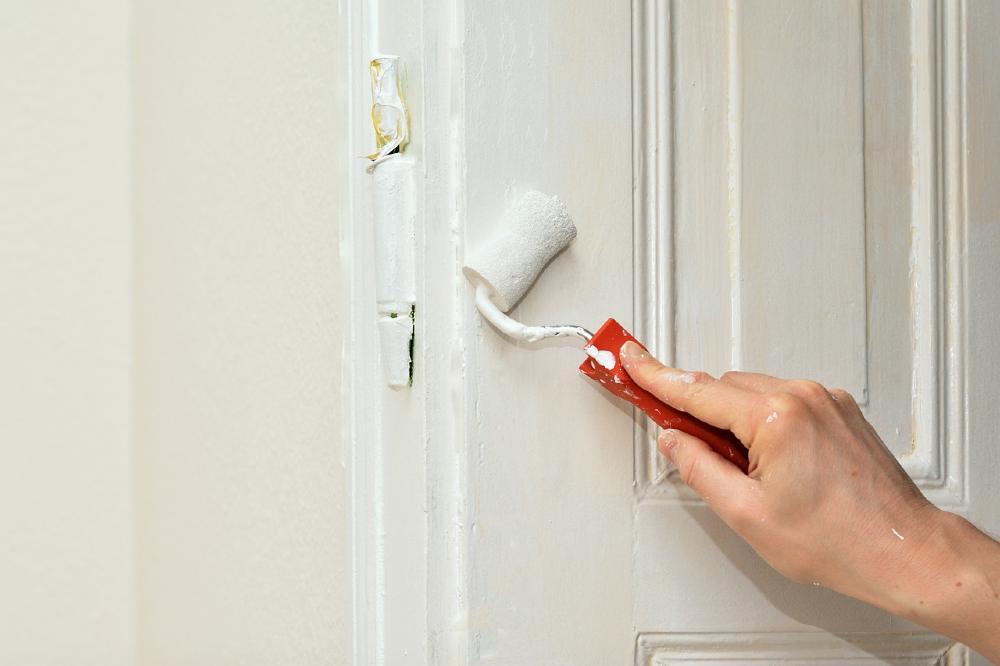Keeping pests at bay is essential for maintaining the cleanliness of your living space and your family’s health and comfort. Often, a few simple preventative steps can dramatically reduce the chances of invasive bugs or rodents ruining your peace at home. Whether you’re new to homeownership or want to avoid another visit from unwanted guests, learning how to protect your house is crucial. Homeowners like those researching Citrus County pest control, understand how small changes in home maintenance can make a big difference.
Many household pests—such as ants, cockroaches, and rodents—are drawn to regular food and water sources. Implementing practical, routine habits will help prevent pest problems before they start. In addition to keeping your home clean and tidy, sealing cracks and managing moisture can help ensure pests don’t have a reason or a way to invade your sanctuary. With inspections and strategic use of natural deterrents, these actions create a comprehensive defense against common infestations.
Maintain Cleanliness
Maintaining a clean home is the first and most effective line of defense against pests. Kitchens and dining areas are particularly vulnerable, as leftover food and crumbs are highly attractive to insects and rodents. Wipe down counters after meals, sweep and mop floors routinely, and never leave dirty dishes in the sink overnight. Equally important is organizing pantry items in airtight containers and frequently emptying kitchen garbage cans. Less clutter throughout your home also means fewer hiding spots for pests. These habits combine to discourage pests from even entering your home.
Focus on areas like under appliances, inside cabinets, and behind furniture—places that are often overlooked but where crumbs, dust, and debris can collect. Pet food should be stored securely, and dishes should be washed after feeding.
Seal Entry Points
Pests often enter homes through cracks around windows, doors, foundations, and utility lines. Inspect these areas carefully, looking for gaps or breaches that might allow pests access. Apply caulk for smaller cracks, and use weatherstripping to shore up loose-fitting doors or windows. For larger gaps—such as around pipes—steel wool is an inexpensive and effective material to block access for rodents. Remember to check for damage or wear and reseal as needed with each season to sustain your home’s pest-proof barrier.
Doors, Vents, and Chimneys
Ensure all screens on windows and vents are intact and free of tears. Door sweeps at the base of exterior doors can further discourage insects and mice from sneaking inside. While chimneys are not as common in every home, families with fireplaces should fit them with proper caps or screens to keep birds and rodents from invading.
Manage Moisture Levels
Moisture is a major attractant for pests like cockroaches, termites, earwigs, and silverfish. Repair leaky sinks, faucets, or pipes as soon as issues arise, and install dehumidifiers in perpetually damp spaces like basements, bathrooms, and crawl spaces.
Ensuring your gutters and downspouts are blockage-free will prevent water accumulation around your home’s foundation, one of the main gateways for wood-destroying insects. Ventilate attics and crawl spaces to avoid condensation and mold, making your indoor environment less inviting to pests. According to Consumer Reports, reducing household moisture is a proven strategy for stopping pest problems at their source.
Utilize Natural Deterrents
Natural pest repellents are gaining popularity as homeowners seek effective, chemical-free alternatives to conventional pesticides. Bar soap, for example, can repel garden pests such as aphids and slugs by disrupting their scent pathways and even dehydrating soft-bodied bugs. Place shavings or small bars of highly scented soap around garden beds or near vulnerable indoor plants. In the kitchen, bay leaves, cucumber peels, and citrus rinds naturally repel cockroaches and ants.
Essential oils such as peppermint, eucalyptus, and tea tree can also deter spiders, mosquitoes, and flies. Place a few drops of oil on cotton balls and tuck them in corners and cabinets, or add water to a spray bottle and mist baseboards, entryways, and windowsills. These methods are safe, non-toxic, and inexpensive, making them an attractive solution for keeping your home pest-free without chemicals.
Conduct Regular Inspections
Establishing a routine of regular home inspections is an excellent way to catch early signs of pest activity before a minor nuisance becomes a costly infestation. Check poorly lit and seldom-used spaces such as attics, basements, and behind large appliances for droppings, gnaw marks, chewed packaging, or odd odors.
Examine window sills, corners, and closets for spider webs or tiny insect bodies. If you have pets, be alert for unexplained itching or fur loss, which may indicate fleas or mites. Being vigilant and responsive minimizes the risk of a full-blown pest problem and allows you to react quickly if you spot early warning signs.
Seek Professional Assistance
Sometimes, despite your best efforts, pests manage to establish themselves in or around your home. In such cases, it’s best to consult professional pest control experts, especially for large or persistent infestations.
Professionals can assess your problem, select the safest, most effective treatments, and provide recommendations for long-term prevention. They also stay current with local pest trends and techniques, which is essential in regions with unique challenges or climate conditions. Do not hesitate to seek out qualified help if you are overwhelmed or unsure, as prompt action is key to protecting your home.
By maintaining cleanliness, sealing your home’s entry points, addressing excess moisture, utilizing proven natural repellents, and performing regular checks, you can create a fortified environment that discourages even the most determined household pests. These preventative steps will keep your living space cleaner, safer, and more enjoyable year-round.




